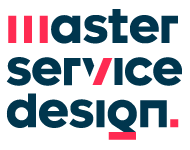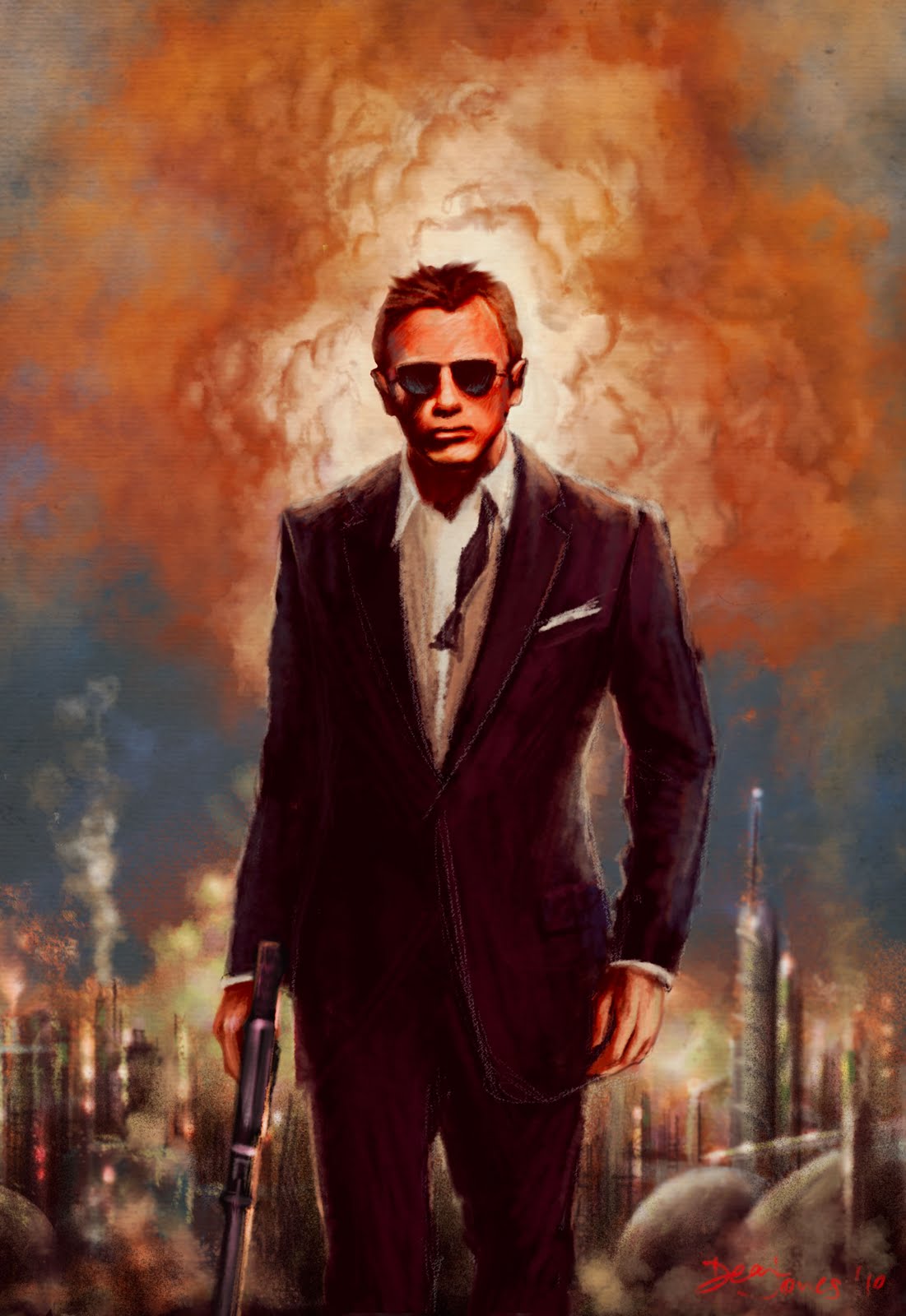Illustration by Dean Jones
This week we completed our first workshop in real time at the Museo della Scienza e della Tecnologia “Leonardo da Vinci”. A fantastic experience that provided insight into the tools and process of service design; from the experience of working in a very diverse team (itself magical) to the discovery of the kinds of restraints clients face that prohibit change. At the close of the workshop, I appreciated the significant challenge service designers face turning a problematic issue into a strength that is actionable and not beyond reach.
Tasked with the group ‘Occasionals’ – a group of visitors who may only ever spend a few hours at the museum, have little understanding or investment in the museum at the visit outset, and ironically the most likely group to act as global ambassadors – we set out to understand more about this market segment and their customer journeys. After a period of observation and brief conversations with staff and occasional visitors, our team discovered a range of the experiences across three different personas and identified four areas that could affect their wider customer experience. We presented these initial findings to the relevant museum staff and our challenge was set; to suggest solutions addressing the lack of café in the Museum. A not insignificant ask given the fact that most of the target group feedback indicated that no alternative could replace a museum café.
Applying the James Bond concept, ‘Boom! wow, Wow, WOW, BOOM, Aaaah!!’ curve to our task, how could we make the experience go BOOM in all the right places? How could we manage expectations overall when our emotional customer journey map illustrated “BOOM, Wow, wow…what? Oooof?”. With everything to play for, our first proposal comprised a map highlighting a variety of restaurants in the vicinity, which we prototyped with our user group, adding all the information the customer identified that they would need to plan lunch in advance. Managing customer expectation at the first entry point meant avoiding frustration at a later, more crucial point.
Our second proposal, ‘space food’ sought to connect and extend the thematic experience of the museum. And even though it couldn’t be lunch, it could bring something novel to the visit, adding a wow factor along the journey.
Throughout the past week I couldn’t help but reflect upon Apple and their success in customer service. They work hard to get this right so how could we draw upon their wisdom in this example? Two particular tactics came to mind (perhaps most evident in their genius bars):
1. manage the clients expectations.
2. surprise and delight where possible.
The first we had already attempted and applied. But perhaps the second aspect ‘surprise and delight’ could really save the day. If for instance the museum offered a token at the point of entry for people to have a free coffee, they could effectively turn the message, ‘just make do’ into ‘we really do care about your experience’. Better again – what if when you did find the vending machine but didn’t have enough change to buy a snack, you had the opportunity to get change from a coin machine in the same room? What a surprise and delight that would be, it would certainly leave a more enjoyable aftertaste knowing the staff had considered your visit and experience.
Despite ground realities and constraints, I left the workshop inspired and convinced that innovative solutions are worth striving for. Thoughtful, considered gestures do have the power to turn a scenario around. Make no mistake customers do expect a lot, but with the right touch, businesses could end up with a grateful, maybe even charmed customer rather than a disappointed one. I wondered too if customers aren’t disappointed because they are often oversold experiences? Surely if expectation is managed at the outset, it makes room for a different, more daring encounter, perhaps a more relaxed one? After all, we exist in a time when conflict tourism and all sorts of unthinkable experiences are sought after.
* The concept, the ‘arc of suspense’ is most often used by professionals in the entertainment industry to manage the overall story impact, see: http://www.service-design-network.org/products-page/article/tp04-2p24/

